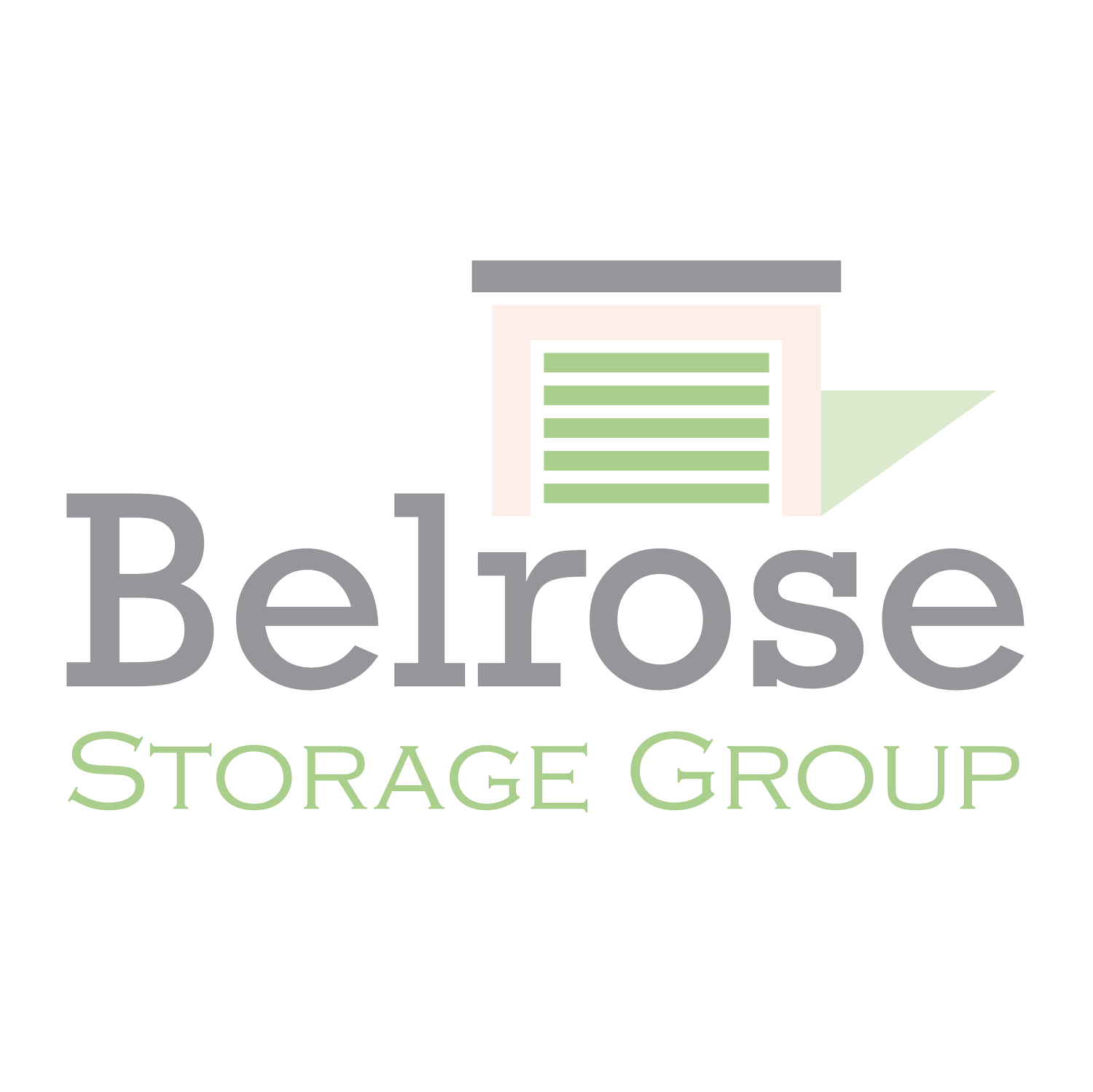What’s the Appeal of Investing in Secondary Markets?
With high costs of living, Michelin-star restaurants, and big paychecks, it’s natural to assume that the best place to invest in real estate is in major metropolitan areas like New York City, Miami, Los Angeles, etc.
Yet, our team at Belrose (and many other self-storage investors) opt to invest in facilities located in secondary markets — small towns and rural areas well beyond any major city limits.
In fact, by acquiring, operating, and selling self-storage facilities in secondary markets, we’ve helped our community of private investors enjoy 35%, 55.5%, and even 62% ROI on self-storage facilities.
Let’s explore why secondary markets create appealing investment opportunities, especially for those interested in buying and selling self-storage facilities.
Cost
We abide by the common real estate saying, “You make your money when you buy.” If you haven’t heard it before, how much you pay for a piece of property will be a big determining factor in how much you make in return when you sell it. If you buy property at an inflated price, it’ll be more challenging to turn a profit when it comes time to sell.
Where do real estate prices tend to be most inflated in the country? In major metropolitan areas and cities.
Consider, as an example, the cost of living in Waldorf, Maryland (the location of one of our recent facility sales) and New York City. In Waldorf, the average home cost is 19.3% higher than the national average. In New York City, it’s a whopping 78% higher.[1,2] When trying to purchase property at a reasonable price, it’s safe to say Waldorf is the better bet.
It’s also worth noting that our team often pursues off-market deals, which means we work directly with the seller to obtain facilities at an optimal price point (and cutting out the middleman, or broker). This way, we’re able to purchase the property from small business owners who care about the future of their facility and may be looking for favorable terms, like seller financing.
Barrier to Entry
Primary markets are dominated by big chain facilities and large corporations, leaving little room for private investors to successfully enter the space.
A major benefit of working with a sponsor like Belrose is that we’ve developed a robust due diligence process for acquiring and building new facilities. Part of that process is conducting a feasibility study and competitor analysis to determine if the local population can support a new self-storage facility.
For our community of investors, it just doesn’t make fiscal sense to try and fight our way into an already saturated market — especially for property that’s likely selling at an inflated price. Instead, we’ve focused our time and effort on developing meaningful networks with mom-and-pop facilities in less popular markets. Then, when the time comes for them to sell, we’re already on their radar.
Motivated Sellers
It’s common for facility sellers in secondary markets to bring their property to the market privately first. They’ll turn to their network of other operators, facility owners, or investors they’ve come to trust who they believe may be ideal buyers. This helps the sellers find someone they’re comfortable with selling their business to, and it typically means the price will be lower than if it gets listed with a broker on the public market.
Many of these sellers care about the future of their business, and they also care about turning their property into retirement income. They rely on a tight-knit community of knowledgeable buyers and sellers to facilitate a sale that’s beneficial for all parties involved. Simply put, they’re looking for buyers they can trust.
Growing Client Base
If you think back to 2020, the onset of Covid-19 spurred a fairly significant exodus from major metropolitan areas to quieter, suburban towns and cities. While these larger metropolitans have regained some of their population since, the rise in remote work and a need for bigger, more spacious homes has turned secondary markets into more desirable neighborhoods.
These are commonly called “boomtowns” — cities that have “experienced rapid economic growth and development within a relatively short period.”[3]
Of course, when the population of a small town increases, so does the demand for self-storage. It’s in these growing communities that we tend to find the most potential to achieve desirable returns.
Is Self-Storage Investing Right for You?
All of this isn’t to say we just throw a dart at a map when choosing a new location. As we mentioned earlier, we have team members dedicated to researching market opportunities and conducting thorough due diligence on any community or facility we’re considering. However, we have consistently found great success for our community of investors in small towns and rural areas.
Interested in joining us in our next investment opportunity? Join our Investor Portal now.
Sources:
[1] Waldorf, MD Cost of Living
[2] Cost of Living in New York
[3] America’s Biggest Boomtowns: The Fastest-Growing Cities in the US

